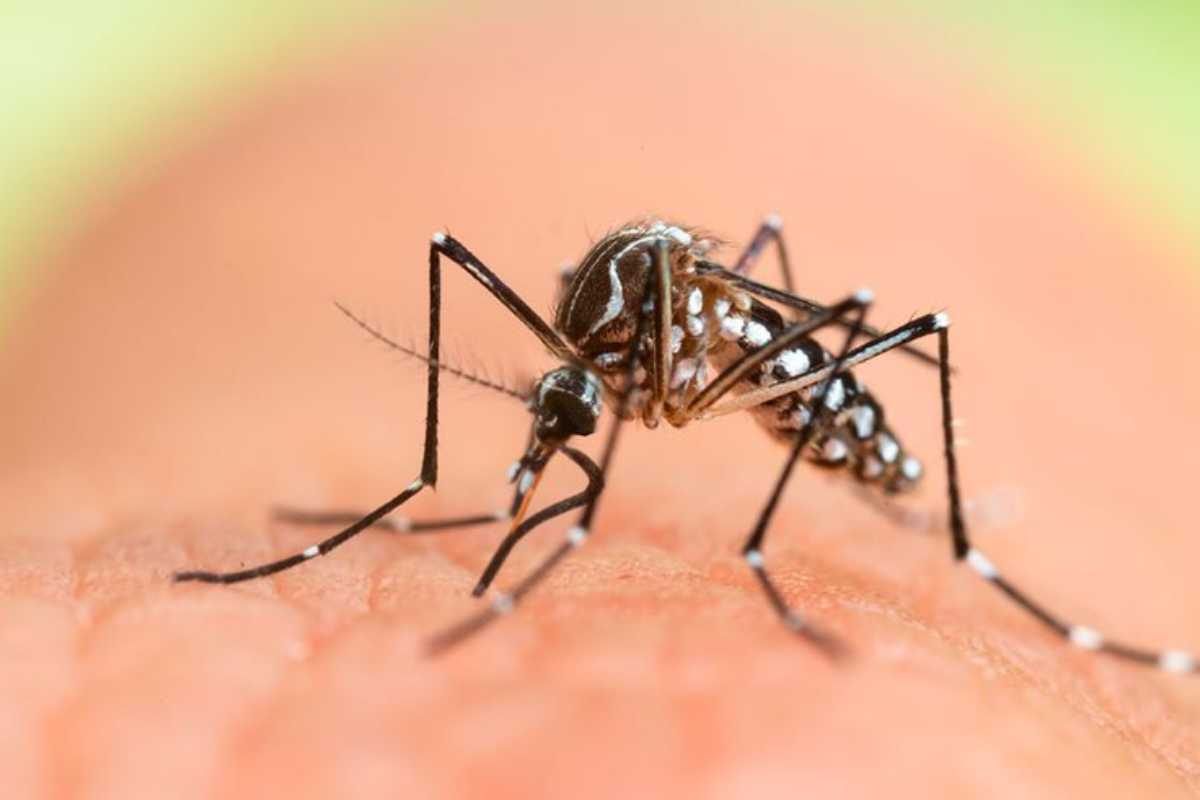
Arbovirosis refers to diseases caused by arboviruses, which are viruses transmitted by arthropods like mosquitoes and ticks. These illnesses can range from mild fevers to severe conditions like encephalitis or hemorrhagic fever. Arboviruses include well-known culprits such as dengue, Zika, and West Nile virus. Understanding these diseases is crucial because they affect millions globally each year. Prevention often involves controlling the vectors, like using insect repellent or eliminating standing water where mosquitoes breed. Knowing the symptoms and treatment options can help manage outbreaks and reduce the impact on public health. Stay informed to protect yourself and your community from these potentially serious diseases.
What is Arbovirosis?
Arbovirosis refers to diseases caused by arboviruses, which are viruses transmitted by arthropods like mosquitoes and ticks. These diseases can affect humans and animals, leading to various health issues. Here are some intriguing facts about arbovirosis.
-
Arboviruses are primarily spread through the bites of infected arthropods such as mosquitoes, ticks, and sandflies.
-
The term "arbovirus" is derived from "arthropod-borne virus."
-
There are over 130 different arboviruses known to cause disease in humans.
-
Common diseases caused by arboviruses include dengue fever, Zika virus, West Nile virus, and chikungunya.
How Arboviruses Spread
Understanding how these viruses spread can help in preventing infections. Here are some key points about their transmission.
-
Mosquitoes are the most common vectors for arboviruses, responsible for spreading diseases like dengue and Zika.
-
Ticks can transmit arboviruses such as the Powassan virus and tick-borne encephalitis.
-
Sandflies are known to spread the Toscana virus, which can cause meningitis.
-
Arboviruses can also be transmitted through blood transfusions, organ transplants, and from mother to child during pregnancy or childbirth.
Symptoms of Arbovirosis
Recognizing the symptoms of arbovirosis is crucial for timely treatment. Here are some common signs to watch out for.
-
Fever is a common symptom of many arboviral infections.
-
Joint pain and muscle aches are often reported by those infected with chikungunya and dengue.
-
Headaches and fatigue can occur with infections like West Nile virus.
-
Some arboviral diseases, such as Zika, can cause mild symptoms or be asymptomatic.
Prevention and Control
Preventing arbovirosis involves reducing exposure to vectors and taking protective measures. Here are some effective strategies.
-
Using insect repellent can help protect against mosquito and tick bites.
-
Wearing long sleeves and pants can reduce skin exposure to biting insects.
-
Installing window and door screens can keep mosquitoes out of homes.
-
Eliminating standing water around homes can reduce mosquito breeding sites.
Treatment and Management
While there are no specific antiviral treatments for most arboviral infections, supportive care can help manage symptoms. Here are some important aspects of treatment.
-
Rest and hydration are essential for recovery from arboviral infections.
-
Pain relievers like acetaminophen can help alleviate fever and aches.
-
Severe cases may require hospitalization and supportive care, such as intravenous fluids.
-
Research is ongoing to develop vaccines and antiviral drugs for various arboviral diseases.
Final Thoughts on Arbovirosis
Arbovirosis, caused by viruses spread through arthropods like mosquitoes and ticks, poses significant health risks worldwide. Understanding these diseases helps in prevention and control. Key facts include the role of climate change in spreading arboviruses, the importance of vector control, and the impact on public health. Vaccines exist for some arboviruses, but many still lack effective treatments. Personal protection measures, such as using insect repellent and wearing long sleeves, are crucial. Awareness and education play vital roles in reducing transmission. By staying informed and taking preventive actions, we can mitigate the effects of arbovirosis. Remember, knowledge is power when it comes to protecting yourself and your community from these diseases. Stay vigilant, stay safe.
Was this page helpful?
Our commitment to delivering trustworthy and engaging content is at the heart of what we do. Each fact on our site is contributed by real users like you, bringing a wealth of diverse insights and information. To ensure the highest standards of accuracy and reliability, our dedicated editors meticulously review each submission. This process guarantees that the facts we share are not only fascinating but also credible. Trust in our commitment to quality and authenticity as you explore and learn with us.


